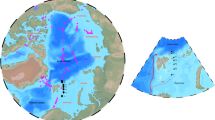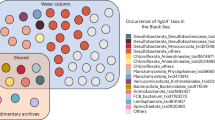Abstract
IN your review of Dr. Hertz' works you mention his investigations into the question of the flotation of thin metal plates, in connection with which I may mention that I have made mercury float on water on a somewhat similar principle. A few drops of mercury, half an ounce of water, and a pinch of some red powder, red lead, red oxide or verund floating together at the centre of the water surface. The shaking was frequently repeated until a small dish consisting of a large number of mercury globules was formed, which floated on the water and at the centre of its surface. Its diameter would be about 3/8 inch, and its depth about 1/16 inch. It did not disappear if allowed to rest, and though it must have been broken up each time that the bottle was shaken, it always reformed. I am unable to say whether the mercury was pure or not, or whether an acid, alkali, or salt had been added to the water, for this little experiment was made many years ago.
This is a preview of subscription content, access via your institution
Access options
Subscribe to this journal
Receive 51 print issues and online access
$199.00 per year
only $3.90 per issue
Buy this article
- Purchase on SpringerLink
- Instant access to full article PDF
Prices may be subject to local taxes which are calculated during checkout
Similar content being viewed by others
Author information
Authors and Affiliations
Rights and permissions
About this article
Cite this article
STROMEYER, C. Floating Mercury on Water. Nature 55, 53 (1896). https://doi.org/10.1038/055053b0
Issue date:
DOI: https://doi.org/10.1038/055053b0



